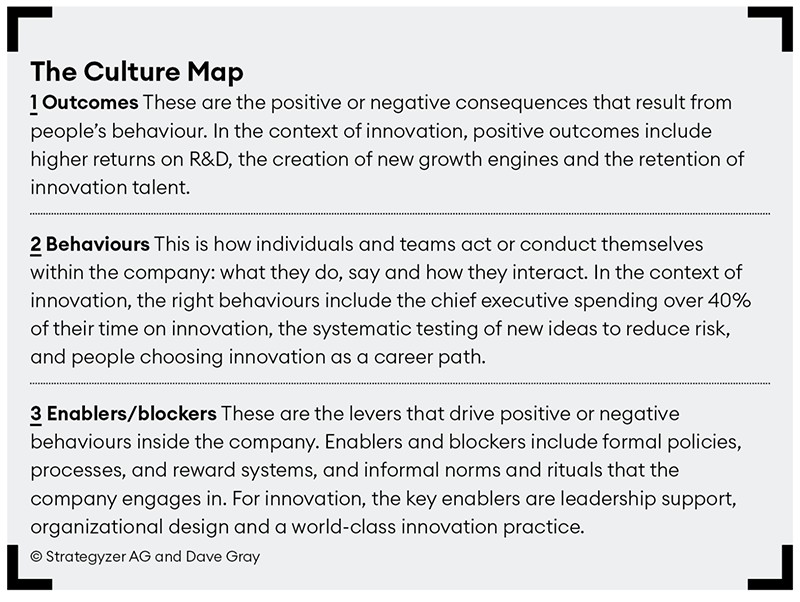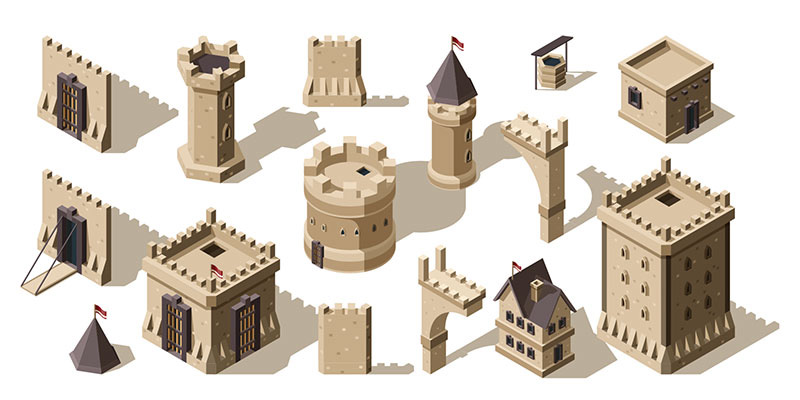What makes a business world-class at innovation? The companies we work with all invest a substantial amount of resources in innovation – yet they are almost always frustrated by the progress of their innovation teams. In our experience, this is usually the result of leaders failing to make a distinction between the way they manage their current business and how they should govern their innovation portfolio. Managing the existing and inventing the future requires two fundamentally different cultures that live side-by-side and co-exist in harmony. It means simultaneously exploiting the current business and exploring the future.
When exploiting your current successful business, you have a certain level of predictability, based on known customer purchases of your existing products and services. You know how much these customers are willing to pay, and how to reach them in order to deliver your products and services.
When exploring new ideas, the opposite is true. Now you are dealing with a level of uncertainty that you don’t have in your existing business. Most innovation teams working on new business ideas are still trying to figure out who their customers are and whether they can create the right value propositions to meet their needs.

We call an organization that manages both of the above well an ‘invincible company’. An invincible company is world-class at managing and improving the efficiency of its existing businesses, and is able to constantly reinvent itself at the same time. To achieve this, companies need to design and manage an innovation culture that complements their existing business. While efficiency innovation can succeed within the structures and processes of the existing business, transformative innovation – which explores future growth engines – needs a different style of leadership, organizational structures, processes and practices to thrive.
This type of ambidextrous organization is something people have been talking about for a while. What has been difficult for leaders is knowing how to build the right culture for the innovation side of the business.
How to establish an innovation culture
In our experience, a lot of companies let their culture emerge without actively designing it. We believe that leaders must play an important active role in the shaping of an innovation culture. This sounds trivial, but in practice we see leaders struggling with the topic. Culture cannot be built mechanically like engineering a car. Instead, an innovation culture needs to be cultivated like a garden. In order for the right flowers to bloom, experienced gardeners know that they need to pay attention to the content of the soil in which they are planting their flowers. The same is true for innovation. Leaders need to pay attention to the organizational context in which they are planting innovative new ideas.




